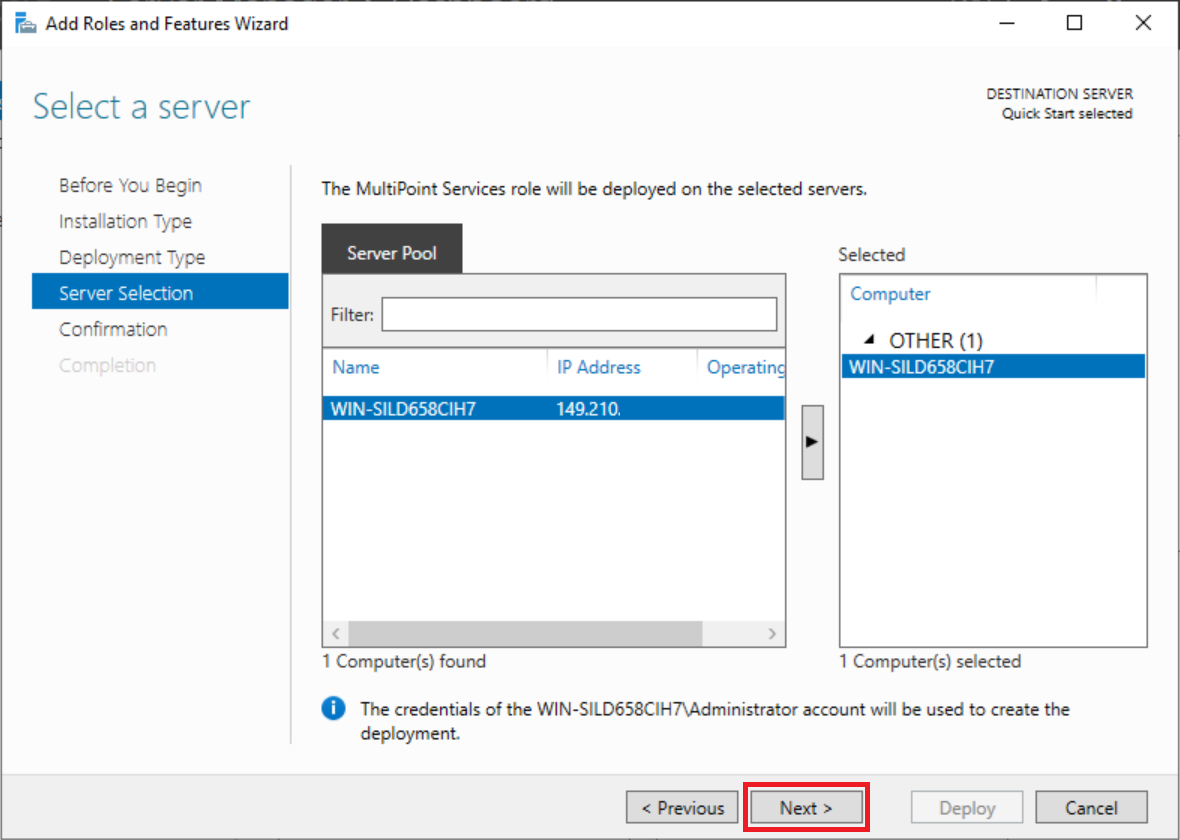

High availabilityĪ high availability system reliably provides an acceptable level of service with minimal downtime. The following sections describe how NLB supports high availability, scalability, and manageability of the clustered servers that run these applications. NLB is useful for ensuring that stateless applications, such as web servers running Internet Information Services (IIS), are available with minimal downtime, and that they are scalable (by adding additional servers as the load increases). When it is ready, the offline computer can transparently rejoin the cluster and regain its share of the workload, which allows the other computers in the cluster to handle less traffic. For load-balanced applications, when a host fails or goes offline, the load is automatically redistributed among the computers that are still operating. NLB allows all of the computers in the cluster to be addressed by the same set of IP addresses, and it maintains a set of unique, dedicated IP addresses for each host. NLB can also direct all traffic to a designated single host, which is called the default host. You can also add hosts dynamically to the cluster to handle increased load. You can configure the load that is to be handled by each host. NLB distributes incoming client requests across the hosts in the cluster. The servers in an NLB cluster are called hosts, and each host runs a separate copy of the server applications. By combining two or more computers that are running applications into a single virtual cluster, NLB provides reliability and performance for web servers and other mission-critical servers. The Network Load Balancing (NLB) feature distributes traffic across several servers by using the TCP/IP networking protocol. Maintaining Business Continuity of Virtualized Environments with Hyper-V Replica: scenario overview Scale-Out File Server for Application Data Overview This topic describes the NLB feature and provides links to additional guidance about creating, configuring, and managing NLB clusters. By managing two or more servers as a single virtual cluster, NLB enhances the availability and scalability of Internet server applications such as those used on web, FTP, firewall, proxy, virtual private network (VPN), and other mission-critical servers. This topic provides an overview of the Network Load Balancing (NLB) feature. Applies To: Windows Server 2012 R2, Windows Server 2012


 0 kommentar(er)
0 kommentar(er)
